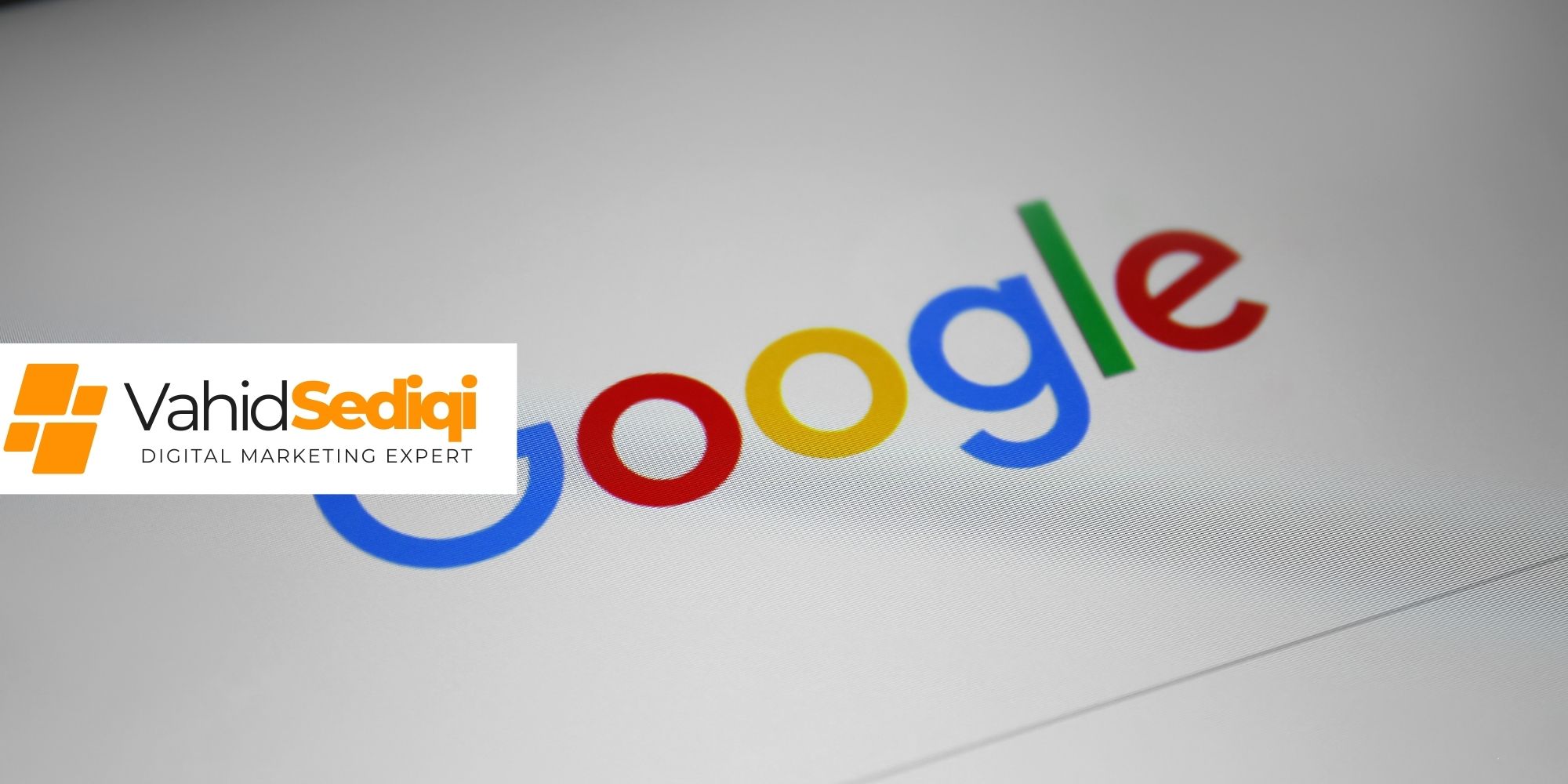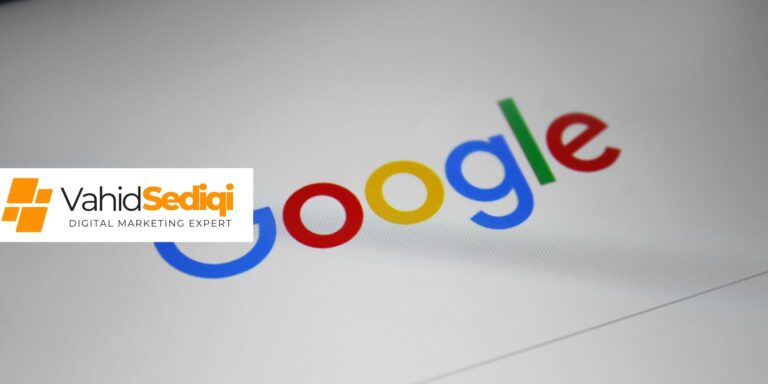How Can Google Ads Help You Advance Your Business Goals?
Businesses are always looking for ways to stand out and reach their target audience in the fast-paced digital world of today. Google Ads is a strong tool that has changed the way advertising is done online. Here is the answer to your question about how Google Ads can help you reach your business goals. Explore the world of Google Ads and find out how this tool can make a huge difference in your business.
Understanding Google Ads

What is Google Ads?
Google Ads, which used to be called Google AdWords, is a tool for online ads that Google made. Businesses can make ads that show up on Google’s search engine results pages (SERPs) and on partner sites in Google’s network. These ads can come in many forms, such as text, images, videos, and even interactive content. This gives marketers a lot of options for how to reach their target audience.
How Does Google Ads Work?
Pay-per-click (PPC) advertising is how Google Ads works. Advertisers bid on keywords that are important to their business. Google’s algorithm decides which ads to show when someone looks for those keywords based on things like the amount bid, the quality of the ads, and how relevant they are. It’s a cheap way for advertisers to get people to visit their website because they only pay when someone clicks on their ad.
Setting Clear Business Goals
Identifying Business Goals
It is very important to know what your business goals are before you start using Google Ads. Do you want to get more people to your website, get more leads, make more sales, or raise knowledge of your brand? Setting clear goals will help you make ads that reach the right people and work better.
Aligning Google Ads with Business Objectives
Once you know what your goals are, make sure that your Google Ads plan fits with them. For example, if you want to make more sales, you should focus on making ads that are interesting, show off the best things about your goods, and lead people to landing pages that convert well.
Benefits of Using Google Ads
Increased Visibility and Reach
When it comes to reaching a huge crowd, Google Ads is the best way to do it. Every day, billions of people search on Google, so your ads can show up in front of people who are actively looking for goods or services like yours.
Targeted Advertising
One great thing about Google Ads is that it can target specific people. People who are most likely to convert will see your ads because you can narrow your audience down based on their location, hobbies, and behaviors.
Cost-Effective Marketing
Google Ads is different from other types of ads because it lets you set a budget that works for you. You decide every day how much to spend and can change your bids to get the best return on investment (ROI).
Measurable Results
You can keep track of how well your ads are doing with Google Ads’ detailed analytics and reporting tools. You can see how many hits, impressions, and conversions your ads get, which lets you make choices based on facts.
Creating Effective Google Ads Campaigns
Keyword Research
Successful Google Ads campaigns start with thorough keyword research. Identify the keywords and phrases your target audience is searching for and incorporate them into your ads. Tools like Google Keyword Planner can help you find relevant keywords with high search volumes and low competition.
Crafting Compelling Ad Copy
Your ad copy is crucial in capturing users’ attention. Write clear, concise, and persuasive ads that highlight the benefits of your products or services. Use strong call-to-actions (CTAs) to encourage users to click on your ads.
Utilizing Ad Extensions
Ad extensions provide additional information and enhance the visibility of your ads. These can include site links, call buttons, location information, and more. Utilizing ad extensions can improve your ad’s click-through rate (CTR) and overall performance.
Types of Google Ads Campaigns
Search Campaigns
Search campaigns display your ads on Google’s search results pages when users search for relevant keywords. These ads appear at the top or bottom of the SERPs, making them highly visible to potential customers.
Display Campaigns
Display campaigns showcase your ads across Google’s vast network of partner websites, reaching users while they browse their favorite sites, watch YouTube videos, check their Gmail, or use mobile apps.
Shopping Campaigns
Shopping campaigns are ideal for e-commerce businesses. They display product listings directly in the search results, complete with images, prices, and store names, making it easy for users to compare products and make purchasing decisions.
Video Campaigns
Video campaigns allow you to promote your business on YouTube and other Google partner sites. Video ads can be a powerful way to engage users and convey your brand message in a more dynamic and memorable way.
App Campaigns
App campaigns are designed to promote your mobile app across Google’s network. These ads can drive app downloads, engagement, and in-app conversions.
Targeting the Right Audience
Demographic Targeting
Google Ads allows you to target specific demographics such as age, gender, parental status, and household income. This ensures your ads are shown to the most relevant audience segments.
Geographic Targeting
Geographic targeting enables you to display your ads in specific locations, whether it’s a country, region, city, or even a specific radius around your business. This is especially useful for local businesses looking to attract nearby customers.
Behavioral Targeting
Behavioral targeting leverages users’ past behaviors and online activities to serve ads that are more relevant to their interests. This can significantly increase the chances of conversion by targeting users who have already shown interest in similar products or services.
Optimizing Google Ads Performance
A/B Testing
A/B testing involves creating multiple versions of your ads to see which performs better. Test different headlines, ad copy, images, and CTAs to determine what resonates most with your audience.
Quality Score Importance
Quality Score is a metric used by Google to determine the relevance and quality of your ads and keywords. Higher Quality Scores can lead to lower costs and better ad positions. Focus on creating high-quality, relevant ads and landing pages to improve your Quality Score.
Bid Management Strategies
Effective bid management ensures you’re getting the most out of your budget. Use automated bidding strategies like Target CPA (Cost Per Acquisition) or Target ROAS (Return On Ad Spend) to optimize your bids for better performance.
Measuring Success with Google Ads
Key Performance Indicators (KPIs)
Identify the KPIs that align with your business goals. Common KPIs for Google Ads include click-through rate (CTR), conversion rate, cost per click (CPC), and return on ad spend (ROAS).
Google Analytics Integration
Integrating Google Ads with Google Analytics provides deeper insights into user behavior on your website. This helps you understand how users interact with your site after clicking on your ads and identify areas for improvement.
Conversion Tracking
Set up conversion tracking to measure the actions users take after clicking your ads, such as making a purchase, filling out a form, or signing up for a newsletter. This data is crucial for assessing the effectiveness of your campaigns.
Case Studies: Success Stories with Google Ads
Small Business Success Story
A small local bakery used Google Ads to increase foot traffic and online orders. By targeting local keywords and using location extensions, they saw a 50% increase in store visits and a 30% boost in online sales within three months.
E-Commerce Success Story
An online fashion retailer leveraged Google Shopping campaigns to showcase their products. With optimized product listings and targeted ads, they experienced a 40% increase in website traffic and a 25% rise in sales.
Service Industry Success Story
A home cleaning service used Google Ads to reach busy professionals. By creating compelling ads with clear CTAs and using demographic targeting, they doubled their client base in six months.
Challenges and Solutions in Google Ads
Common Challenges
- High competition for keywords
- Managing budget effectively
- Keeping up with changing Google Ads policies
Effective Solutions
- Focus on long-tail keywords to reduce competition
- Use automated bidding strategies to optimize budget
- Stay informed about Google Ads updates and best practices
Best Practices for Google Ads
Regular Performance Reviews
Regularly review your campaign performance to identify what’s working and what’s not. Make necessary adjustments to improve your ads’ effectiveness.
Staying Updated with Google Ads Policies
Google frequently updates its ad policies and guidelines. Staying updated ensures your ads comply with the latest standards, avoiding any potential issues or penalties.
Continuous Learning and Improvement
The digital marketing landscape is always evolving. Continuously educate yourself on the latest trends, tools, and techniques to stay ahead of the competition and maximize your Google Ads performance.
Future Trends in Google Ads
AI and Machine Learning in Ads
Artificial intelligence and machine learning are transforming Google Ads. Automated bidding, dynamic search ads, and responsive ads are becoming more sophisticated, making it easier for advertisers to achieve better results.
Voice Search Optimization
With the rise of voice assistants like Google Assistant, optimizing your ads for voice search is becoming increasingly important. Focus on natural language keywords and questions to capture this growing segment.
Video Ad Growth
Video content continues to gain popularity. Investing in video ads can help you reach a wider audience and engage users more effectively. Consider creating short, compelling video ads for YouTube and other platforms.
Conclusion
Google Ads is a powerful tool that can help you advance your business goals by increasing visibility, reaching your target audience, and driving measurable results. By understanding how Google Ads works and implementing best practices, you can create effective campaigns that align with your business objectives. Stay informed about the latest trends and continuously optimize your ads to stay ahead in the competitive digital landscape.
FAQs
How much should I budget for Google Ads?
The budget for Google Ads varies depending on your industry, competition, and business goals. Start with a modest budget and gradually increase it as you see positive results. Regularly review your spending to ensure you’re getting a good return on investment.
How long does it take to see results from Google Ads?
Results from Google Ads can vary, but many businesses start seeing results within a few weeks. It depends on factors like ad quality, targeting, and competition. Continuously monitor and optimize your campaigns for the best outcomes.
Can Google Ads work for small businesses?
Yes, Google Ads can be highly effective for small businesses. With proper targeting and budget management, small businesses can compete with larger companies and reach their desired audience effectively.
What are the most important metrics to track in Google Ads?
Key metrics to track include click-through rate (CTR), conversion rate, cost per click (CPC), and return on ad spend (ROAS). These metrics help you understand your campaign’s performance and make data-driven decisions.
How can I improve my Quality Score in Google Ads?
To improve your Quality Score, focus on creating relevant and high-quality ads, selecting appropriate keywords, and ensuring your landing pages provide a good user experience. Regularly review and optimize your campaigns to maintain a high Quality Score.



